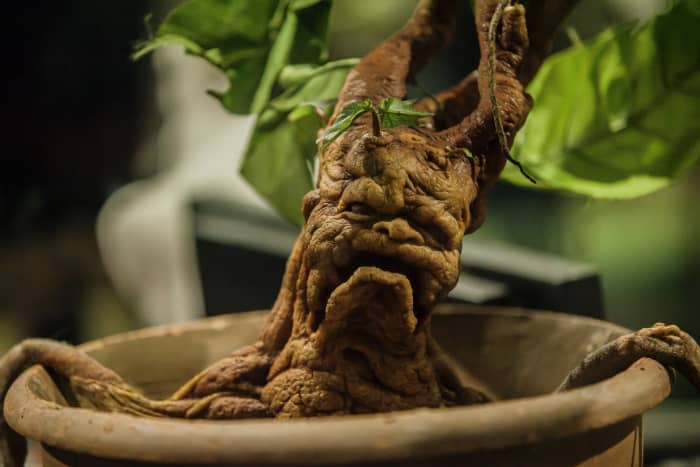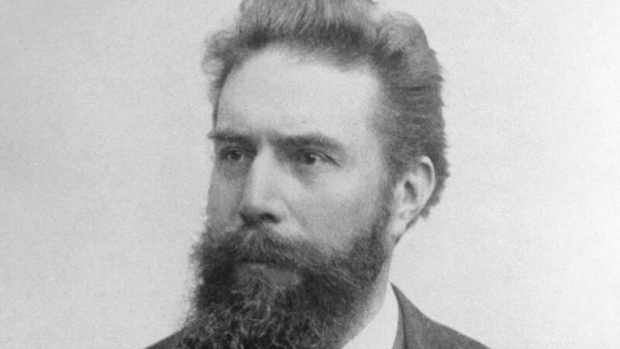100 Greatest Mythological and Legendary Creatures

Read on to explore a mythical creatures list that includes 100 of the greatest beasts and beings of mythology, legend and folklore. You'll also learn about the potential origins and debated existence of mythological creatures.
What Are Mythological Creatures?
A mythological creature, also referred to as a legendary creature or mythical creature, is a fictional, supernatural and imaginary animal or hybrid being (meaning it can sometimes be part human). The existence of legendary creatures or mythological creatures referred to in ancient traditional circles has not been proven.
However, the presence of these creatures has often been described in folklore, legends, fables, poetry, mythology, fairy tales, novels, myths and other varied forms of fiction. Purists are of the opinion that mythical creatures have been described in historical accounts long before history emerged as a branch of science. The beliefs and mindsets associated with mythical beasts are varied and bring to life a plethora of theories about their existence or non-existence.
Do Mythological Creatures Exist?
Carolyne Larrington, a professor at Oxford, has pointed out that myths, legends and folktales sometimes share similarities across continents and cultures. One important reason for this is that they are "rooted in general human experience. Our shared biology and universally similar life-cycles, from birth, marriage, child-rearing, ageing and death, may generate broadly similar stories."
However, Wiccan authors such as D.J. Conway are of a different mindset and have written manuals and books to help people from every walk of life harness the energies and abilities of mythical and magical creatures. For such thinkers, these creatures have both symbolic and literal spiritual value.

With 100 entires, this list of mythical creatures and mythical animals is one of the most thorough you'll find anywhere.
An Epic Collection of the Top 100 Mythical Creatures
Despite your opinion on the reality of mythological and legendary beasts and creatures, we've created a helpful list of 100 of the greatest and most iconic of these beings for you to enjoy.
This article showcases an epic collection of mythical creatures that fascinate and evoke the curiosity of the unknown. What's more, is that this article contains some enlightening information on the debate about the existence of mythical creatures and some possible origins for these fantastical beasts.

The mandrake is the root of a plant from genus Mandragora, which is part of the nightshade family. Legend has it that when it is dug up it screams and kills all who hear it. The plant was also used in the Middle Ages for magical potions.
Unsplash
Top 10 Greatest Mythological Creatures and Legendary Creatures of Myth and Folklore
- Werewolf: Wolf-human shapeshifter (Global Culture)
- Dragon: Depicted as fire-breathing and winged (Global Culture)
- Chimera: Hybrid Fire-breathing creature (Greek Mythology)
- Loch Ness Monster: Aquatic monster (Scottish Folklore)
- Mermaid: Human-fish hybrid (Global Culture)
- Yeti: Ape-like being/entity (Nepalese Folklore)
- Basilisk: Legendary reptile often called the “King of Reptiles” (European Mythology)
- Sphinx: Human-headed lion (Greek Mythology)
- Medusa: Winged female monster who had venomous in place of hair (Greek Mythology)
- Griffin: Tail, legs and body of a lion and wings and head of an eagle (Ancient Egyptian Mythology)

The centaur is a horse with the upper part of a human body (pelvis to head) where its head would normally be. This creature appears in Greek mythology and was said to be the product of the union of Ixion and Nephele.
Pixabay
The Existence or Non-Existence of Legendary Creatures and Mythological Creatures
The word legend is associated with ethnic groups and animals from the ancient world and often draws a parallel as a comparison with something unknown. Thus, mythological creatures or legendary creatures are associations with beliefs that stem from the unknown. Little is known about these beings except the fact that they may only exist as beliefs.
Since the dawn of human life, unknown living beings or elusive animals seen or encountered for the first time have been accounted for in narratives that have gradually grown into legends associated with mythical beasts. This theory provides an explanation as to why humans believe in legendary creatures; however, the truth remains unclear.
Monstrous, mythical and legendary creatures have often been depicted and described in different genres such as art, fantasy, literature, history, folklore, and fiction. A lot of medieval art depicts the presence of mythological animals and mythical beings that are part human, part animal.
While ancient paintings, art and sculpture signify the existence of creatures, there is not enough evidence or strong, significant explanations to prove mythical beings do indeed exist.
#11—20
11. Centaur: Horse with an upper human body (Greek Mythology)
Recommended
12. Hippogriff: Hind half of a horse and front half of an eagle (Medieval Bestiaries)
13. Fairy: Metaphysical form of spirit (European Folklore)
14. Kappa: Demon or imp (Japanese Folklore)
15. Pegasus: Divine winged stallion (Greek Mythology)
16. Ghoul: A monster associated with eating flesh in graveyards (Arabian Mythology)
17. Pixie: Nature spirits and little people (Cornish Folklore)
18. Cyclops: One-eyed giants (Greek Mythology)
19. Redcap: Murderous goblin (Border Folklore)
20. Manticore: Similar to the Sphinx, consisting of a human head and a lion's body with a tail of poisonous spines (Persian Folklore)

A mermaid is a hybrid mythological being that is half human female, half fish. A merman is its male equivalent. This hybrid being has appeared in folklore accounts of many cultures across the world.
Pixabay
Beliefs Associated With Mythical Creatures in Various Cultures
Belief in the existence of mythical creatures is prevalent in many cultures. Folklore is considered the root from which such beliefs stem. Since ancient times, people have chosen to believe or not believe in legends about mythological creatures.
Ancient beliefs and legends about creatures are also thought to have stemmed perhaps from sightings of elusive animals. These animals have then gone on to be described as mythical beasts in stories and subsequent interpretations.
In certain cultures, mythical beings are deities that are worshiped. Certain creatures in legends are considered symbolic of evil, while other mythological beings are much more benign or even representative of peace. Furthermore, certain legendary creatures are known to be gods and goddesses possessing varied sets of powers and abilities. Mythical creatures have also been associated with superstition and luck in terms of good and bad omens.
Some theories hold that these deities, gods, and beings are early cultures' representations of aspects of nature. These representations were thought to be real, and humans gave sacrifices and prayers to them to attempt to influence the world in which they lived. For instance, the Celtic festival of Samhain and the Roman festival of Pomona—both part of the pagan roots of modern Halloween—were ancient events that paid literal tribute and service to aspects of nature and attempted to influence the flux of seasons and crop harvests.
#21—40
21. Typhon: Deadly serpentine giant (Greek Mythology)
22. Sea Serpent: A large type of dragon-snake monster found in the sea (Greek Mythology)
23.Leprechaun: Fairies depicted as little men (Irish Folklore)
24. Fenrir: Gigantic monstrous wolf (Norse Mythology)
25. Hippocampus: Lower body of a fish and upper body of a horse (Etruscan Mythology)
26. Cipactli: Sea monster associated with being part frog, part fish and part crocodilian (Aztec Mythology)
27. Imp: Similar to goblin or fairy (European Folklore)
28. Minotaur: Creature with a human body and bull’s head (Greek Mythology)

